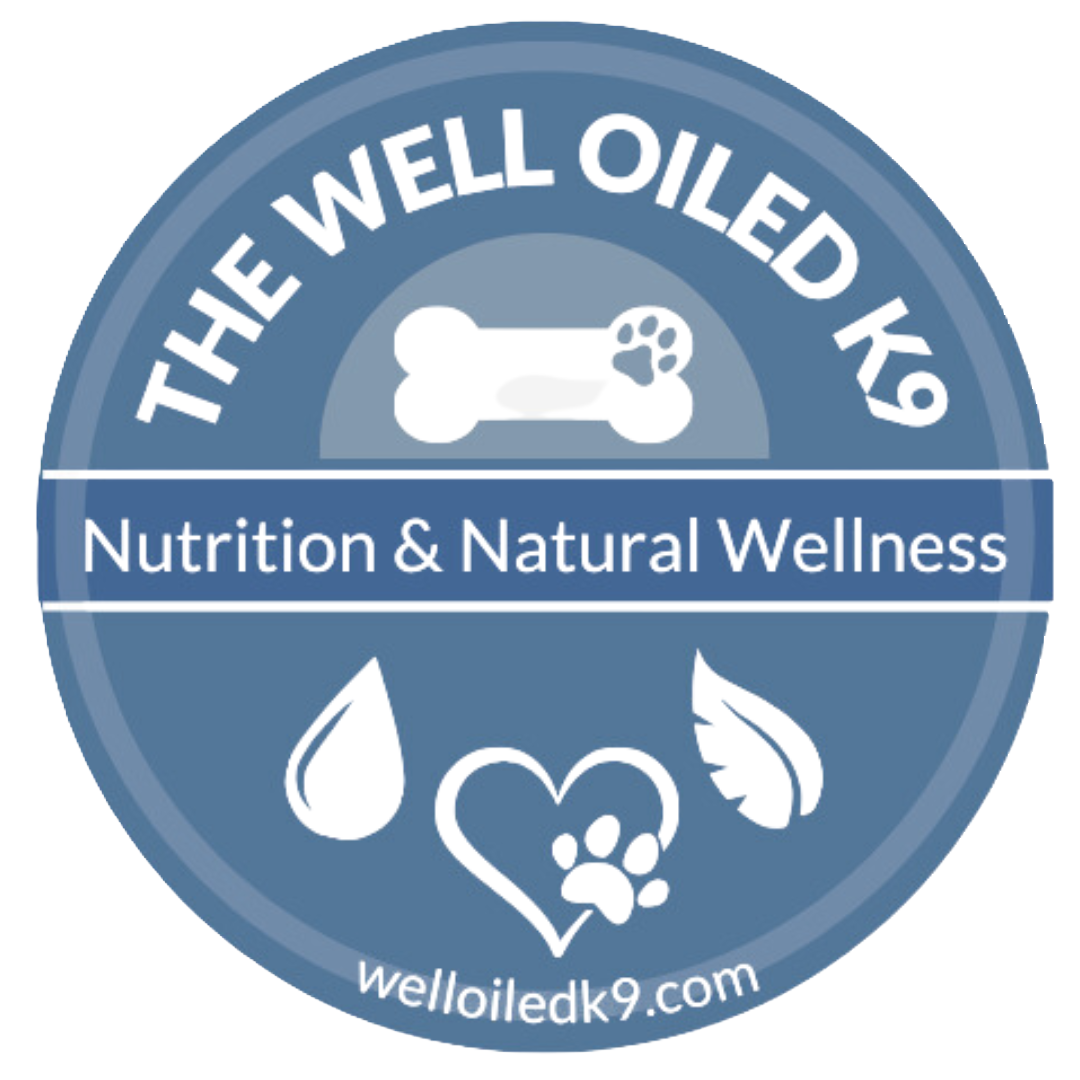Comparing Costs
It can be tricky and confusing to start comparing pricing of foods. There’s no argument that feeding a fresh food diet that is commercially prepared will be a bit more costly than most kibble.
When you get into prescription diets and higher quality kibble, pricing per bag can start to feel similar, but you need to do a little more analysis than the price per purchase.
Meaning, when you purchase food — how many meals will you get out of that purchase. Some brans will feed more or less than others. Why — ingredients. You have to look at the caloric make-up of the food.
A 20 pound bag of Volhard NDF2 has 64 cups of food within. If a 50# dog eats 1 cup of mix per day — that bag will last you 64 days. If you have a big dog, like I did with the Great Danes, the bag will last you less time. If you have a tiny dog eating 2 TBLS of food, it’s going to last you a very long time (obviously for those dogs you may buy a smaller bag — but if you have freezer space, save a few extra dollars)
I recommend doing a bit of analysis on each of your considerations. What is the cost of feeding per day?
Yes, with Volhard you need to add meat to the calculation. Save money shopping sales, grinding your own meat, local co-ops, local butchers, or simply rotating proteins.
You also must calculate the cost of expenditures you will offset
Will you be able to reduce vet visits if you get the health issues under control?
Will you be able to reduce or wean off Apoquel, Cytopoint, Trazodone, or other meds?
What supplements will you have to add to your bowl of food to optimize your food choice? Or can you reduce your supplement needs - especially the guess work / trial and error efforts you’ve been making?
Will you be able to eliminate parasite control, Flea and Tick Products?
Will you be able to reduce shampoo and conditioner use?
What value will you put on your dog’ feeling better? Disease reduction? Longevity.
You also need to evaluate how customizable your food is? Can you make it lower in protein? Higher protein? Lower fat? Kidney friendly? Seizure Friendly, Senior Friendly, etc.
Look at the ingredient lists — calculate your carbs, quality of ingredients, quality of the vitamins and minerals & where they came from?
Human grade products? Where do they come from?
Testing Facilities?
Testing Results?
AFFCO standards or higher?
Recalls?
Who Owns the company? Can you call them an get answers?
Do you get an affiliate or support resource who will help you as needed?
